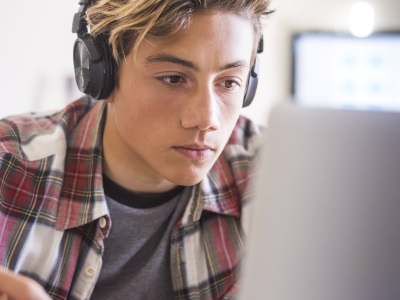 Is your child the 1:4 with a vision problem that affects their learning? When children are more actively engaged with close-up activities, such as reading and writing, and use smartphones, tablets, or laptops more frequently, they may begin showing signs of myopia—more commonly called nearsightedness. This shows up as blurry vision when they look into the distance, especially when they’ve been focusing on something up close for a period of time.
Is your child the 1:4 with a vision problem that affects their learning? When children are more actively engaged with close-up activities, such as reading and writing, and use smartphones, tablets, or laptops more frequently, they may begin showing signs of myopia—more commonly called nearsightedness. This shows up as blurry vision when they look into the distance, especially when they’ve been focusing on something up close for a period of time.
Nearsightedness is fairly common and is usually diagnosed before the age of 20. The American Optometric Association reports that more than 40% of Americans are nearsighted, and the numbers are growing among children who are school-age. In the last forty years, since the advent of the smartphone, myopia has increased from 25% of Americans to 42%.
With smartphone use on the rise, a study shows an association between children with myopia and the excessive use of electronic devices, when compared to children of the same age with normal vision who use less data and spend less time on digital devices. A longer amount of time spent on digital devices or engaged in close-up work or activity can also increase the progression of myopia.
If your child seems to squint to see things farther away, rubs their eyes more than usual, or says they have difficulty seeing objects in the distance, talk to your doctor about having their eyes checked. Young children also do not realize that their vision has changed, because they don’t understand that things should be seen clearly.
Most insurances cover an annual eye exam. Learn more about the signs your child may exhibit if they have a vision problem.